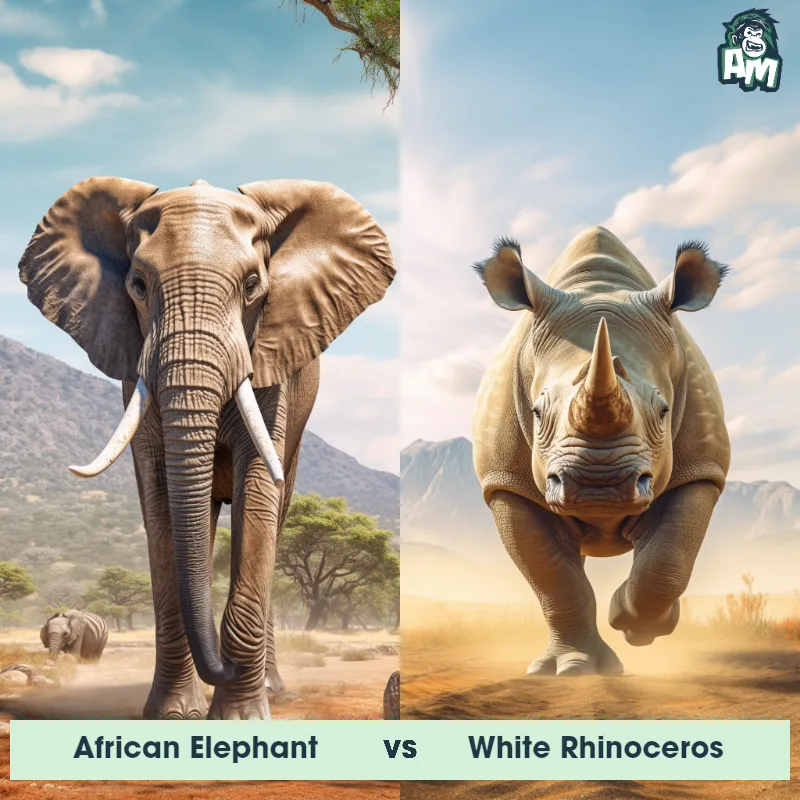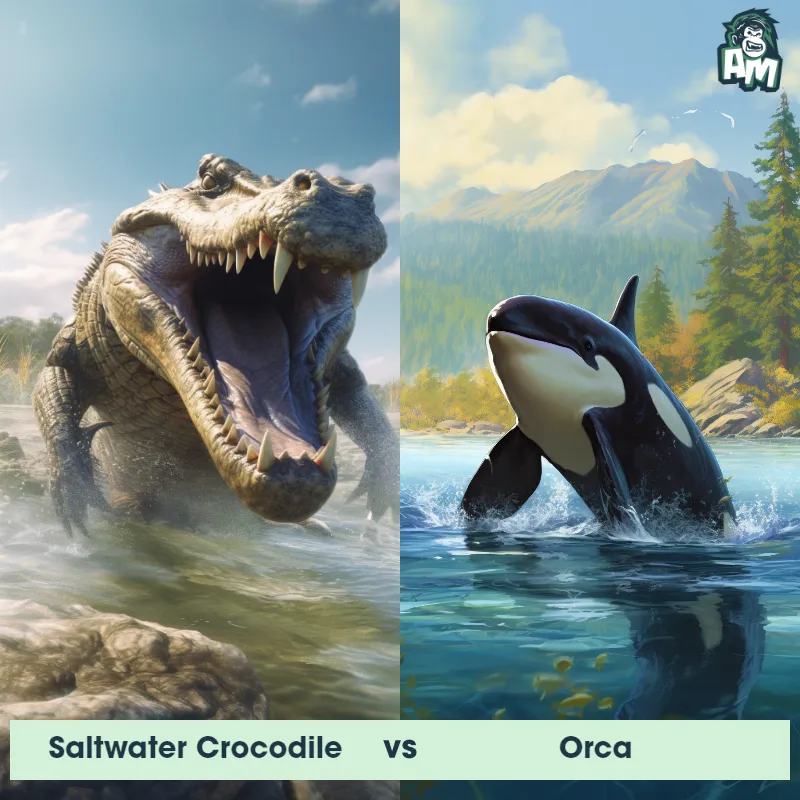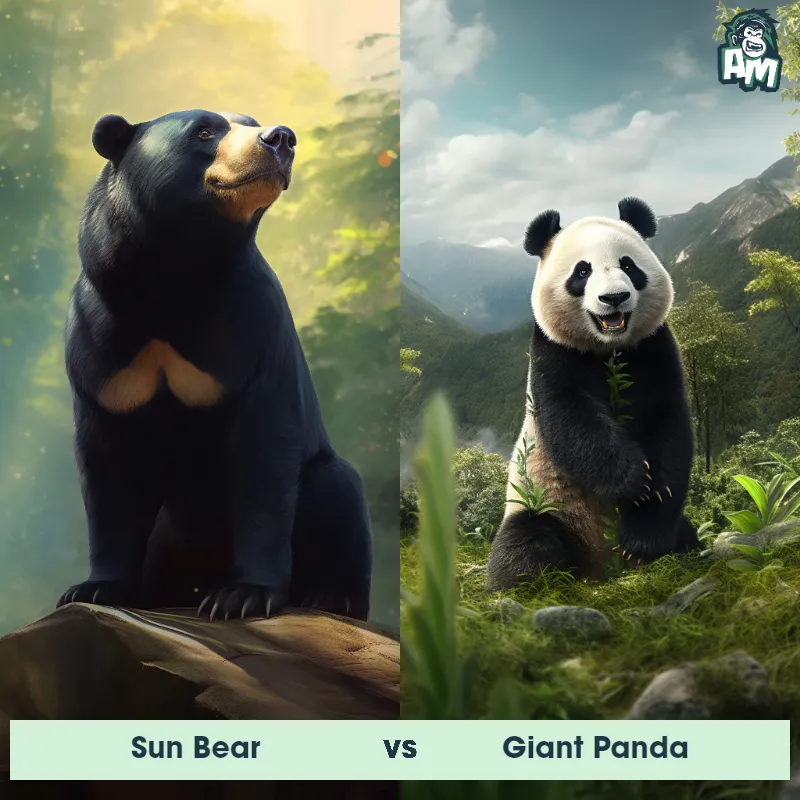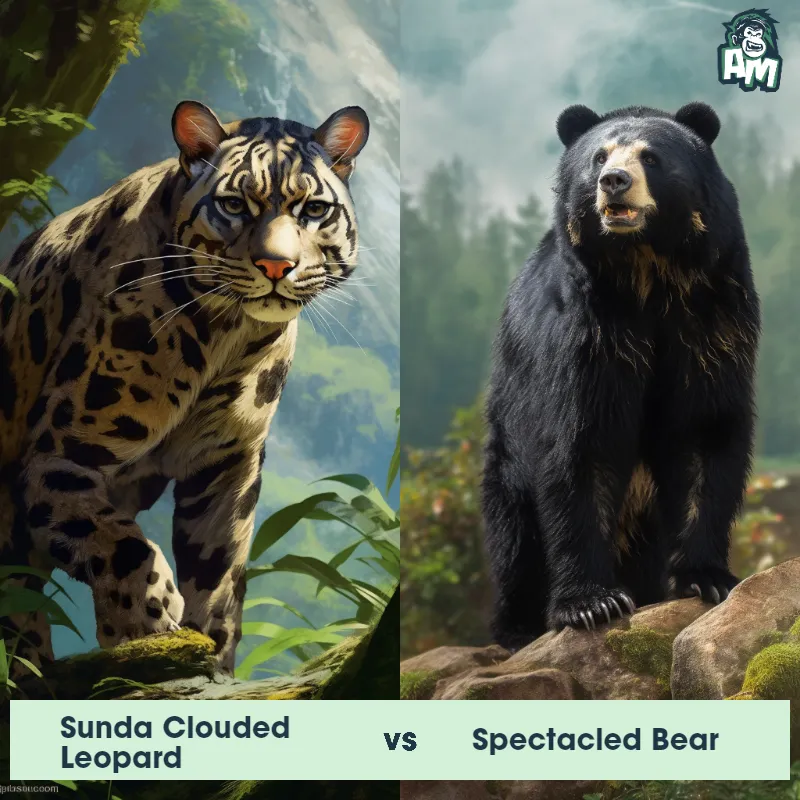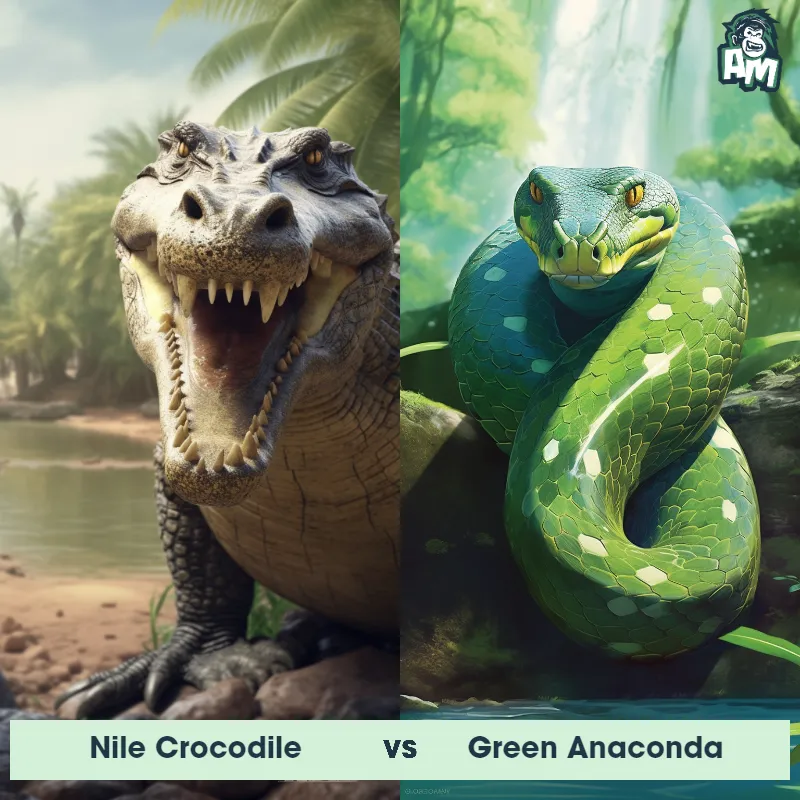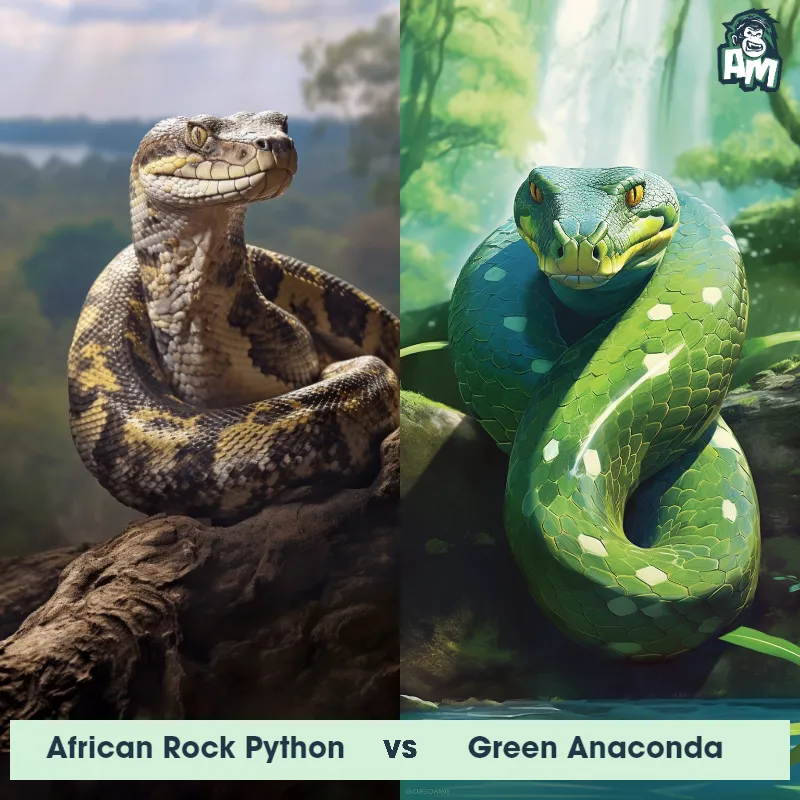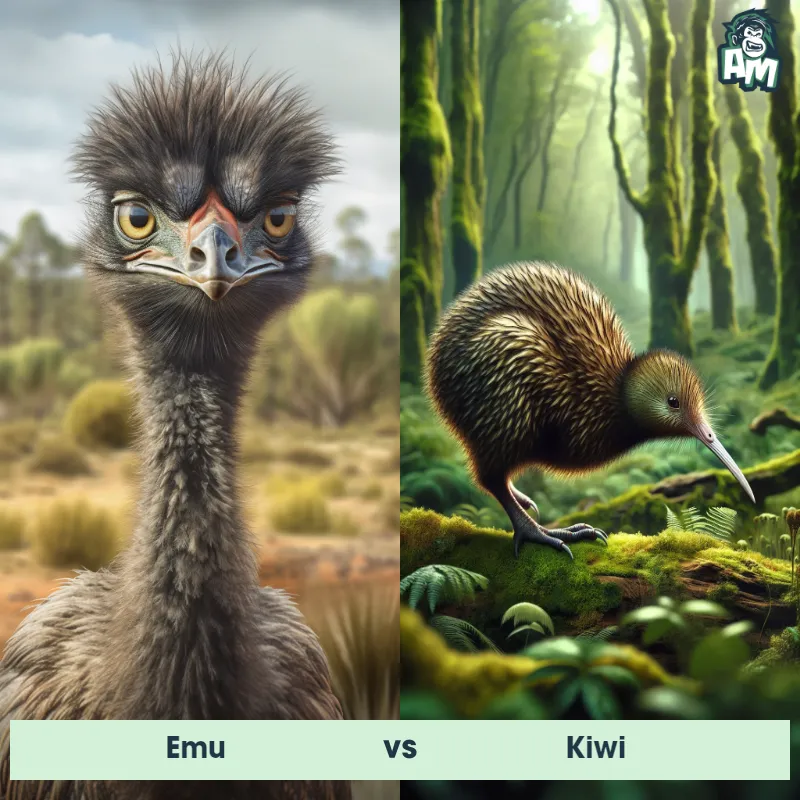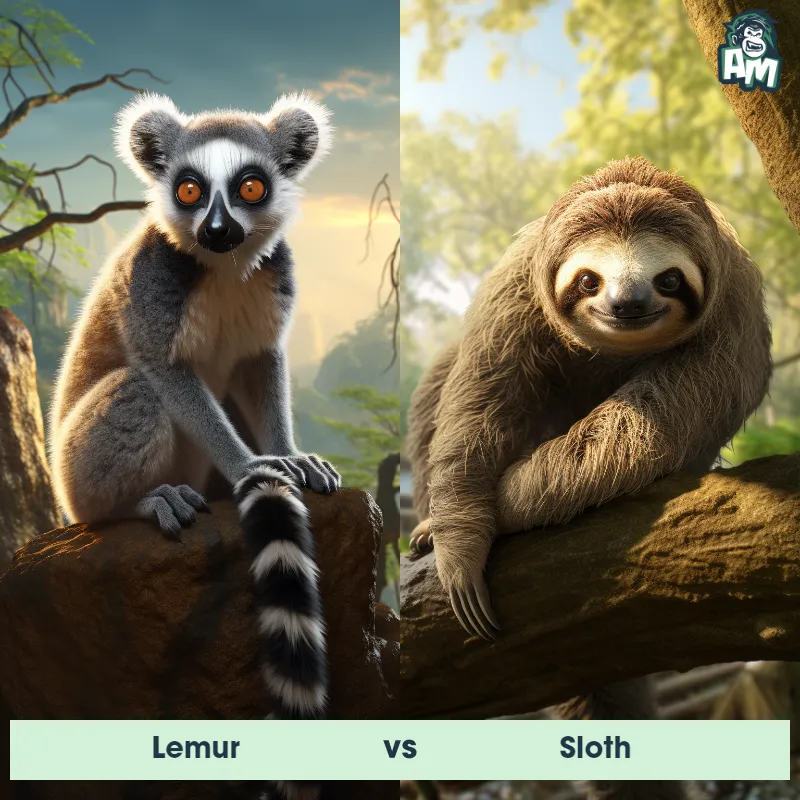Pangolin vs LeopardSee Who Wins

Ladies and gentlemen, welcome to this thrilling matchup between a Pangolin and a Leopard. These two incredible creatures are about to engage in a fierce contest of strength and agility. Both animals are known for their unique set of skills, but who will come out on top today? We're about to find out!
Contender 1: Pangolin
The Pangolin, a unique mammal native to Africa and Asia, is known for its distinctive appearance and remarkable adaptations. With a body covered in overlapping scales made of keratin, it resembles a walking pinecone or an artichoke. The Pangolin possesses sharp claws for digging burrows and climbing, a long sticky tongue to extract ants and termites from their nests, and a prehensile tail for balance. These solitary animals are nocturnal and prefer tropical forests, savannas, and grasslands as their habitats. They have poor eyesight but rely on their keen sense of smell and hearing to navigate their surroundings.
Fun Fact: The Pangolin holds the remarkable distinction of being the world's only mammal with scales, making it one of nature's truly exceptional creatures!
Contender 2: Leopard
The Leopard is a large and powerful carnivorous mammal that is known for its distinctive coat pattern consisting of rosette-like spots. It has a slender body, muscular limbs, and a long tail, enabling it to be agile and swift. Leopards are primarily nocturnal creatures, preferring to hunt during the cover of darkness. They are highly adaptable and can thrive in a variety of habitats, ranging from dense forests to open grasslands. With exceptional climbing skills, they are capable of dragging their prey up trees to keep it safe from other predators.
Fun Fact: Leopards are incredibly strong and possess immense agility, as they are capable of leaping horizontally up to 6 meters and vertically up to 3 meters, allowing them to ambush their prey from above with precision.
Matchup Stats
| Pangolin | Leopard | |
|---|---|---|
| Size | 1-3 feet (30-90 centimeters) | 24-28 inches (60-71 cm) at the shoulder; 5-6 feet (1.5-1.8 meters) in length |
| Weight | 4-35 pounds (1.8-16 kilograms) | 80-160 pounds (36-73 kilograms) |
| Speed | 3mph (4.8km/h) | 36-37mph (58-60km/h) |
| Key Strength | Sharp claws for defense | Powerful jaw and sharp claws |
| Biggest Weakness | Slow movement | Less endurance compared to some other big cats |
Current Votes
Pangolin vs Leopard
See Who Wins
View More Matches
Looking For More?
Similar Matches
Scientific Stats
| Pangolin | Leopard | |
|---|---|---|
| Scientific Name | Manis | Panthera pardus |
| Family | Manidae | Felidae |
| Habitat | Tropical forests, savannas, grasslands | Variety of habitats including forests, grasslands, and mountains |
| Geography | Africa, Asia | Africa, parts of Asia |
| Diet | Ants, termites | Carnivorous, preys on various animals including ungulates, small mammals, birds, and reptiles |
| Lifespan | 12 years - 15 years | 12 years - 17 years |
Key Differences between Pangolin and Leopard
- Habitat: Pangolins are primarily found in tropical forests, grasslands, and savannahs, while Leopards demonstrate a wider distribution, inhabiting various ecosystems including forests, grasslands, mountains, and even deserts.
- Coloration: Pangolins exhibit a unique scale-covered body which is typically brown or beige, providing excellent camouflage in their natural habitats. Conversely, Leopards have a distinctive coat with a base coloration ranging from pale yellow to golden, adorned with dark rosettes.
- Body Shape: Pangolins possess a distinctive elongated body and a prominent tail, adapted for climbing trees and digging burrows. On the other hand, Leopards have a more compact and muscular body with a relatively shorter tail, designed for agility and hunting.
- Conservation Status: Pangolins are among the most trafficked mammals worldwide, with all species listed as threatened with extinction due to illegal hunting and habitat loss. Leopards, while facing localized threats in some regions, are classified as a vulnerable species due to habitat fragmentation and hunting pressure.
- Size: The Pangolin is a small mammal, typically measuring 30-40 cm in length and weighing around 2-5 kg, while the Leopard is a large feline species, usually reaching a length of 1.2-1.9 m and weighing 30-70 kg.
- Appendages: Pangolins have powerful claws on their forelimbs, optimized for digging and breaking open anthills or termite mounds to access their prey. Leopards are equipped with sharp retractable claws on all four limbs, specially adapted for climbing trees and securing their kills.



